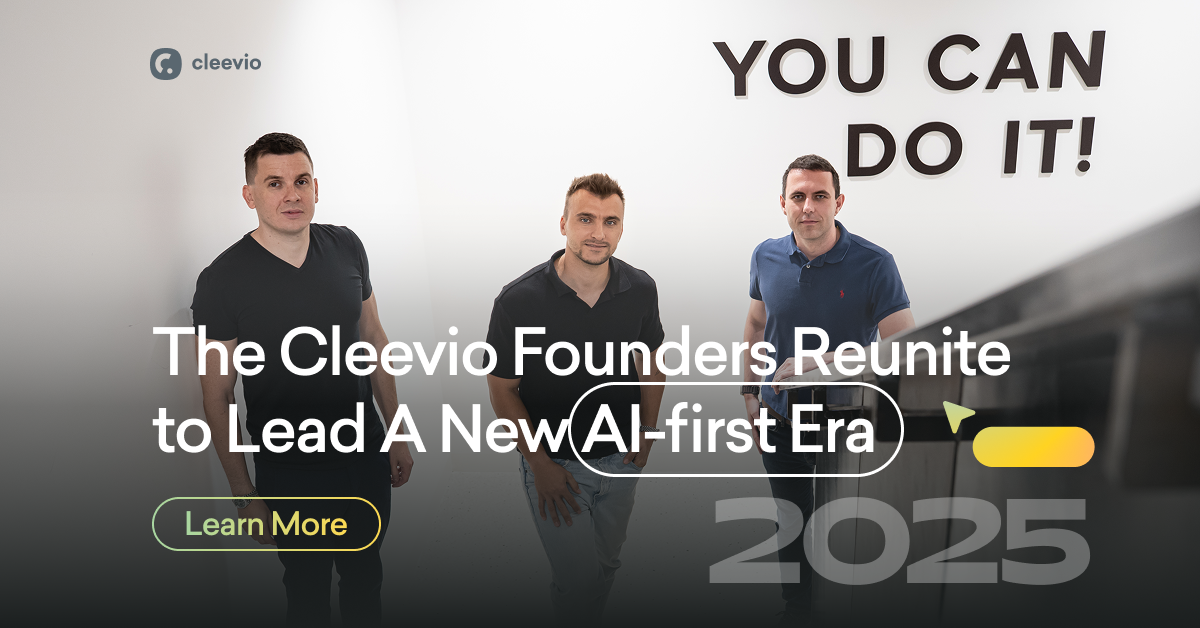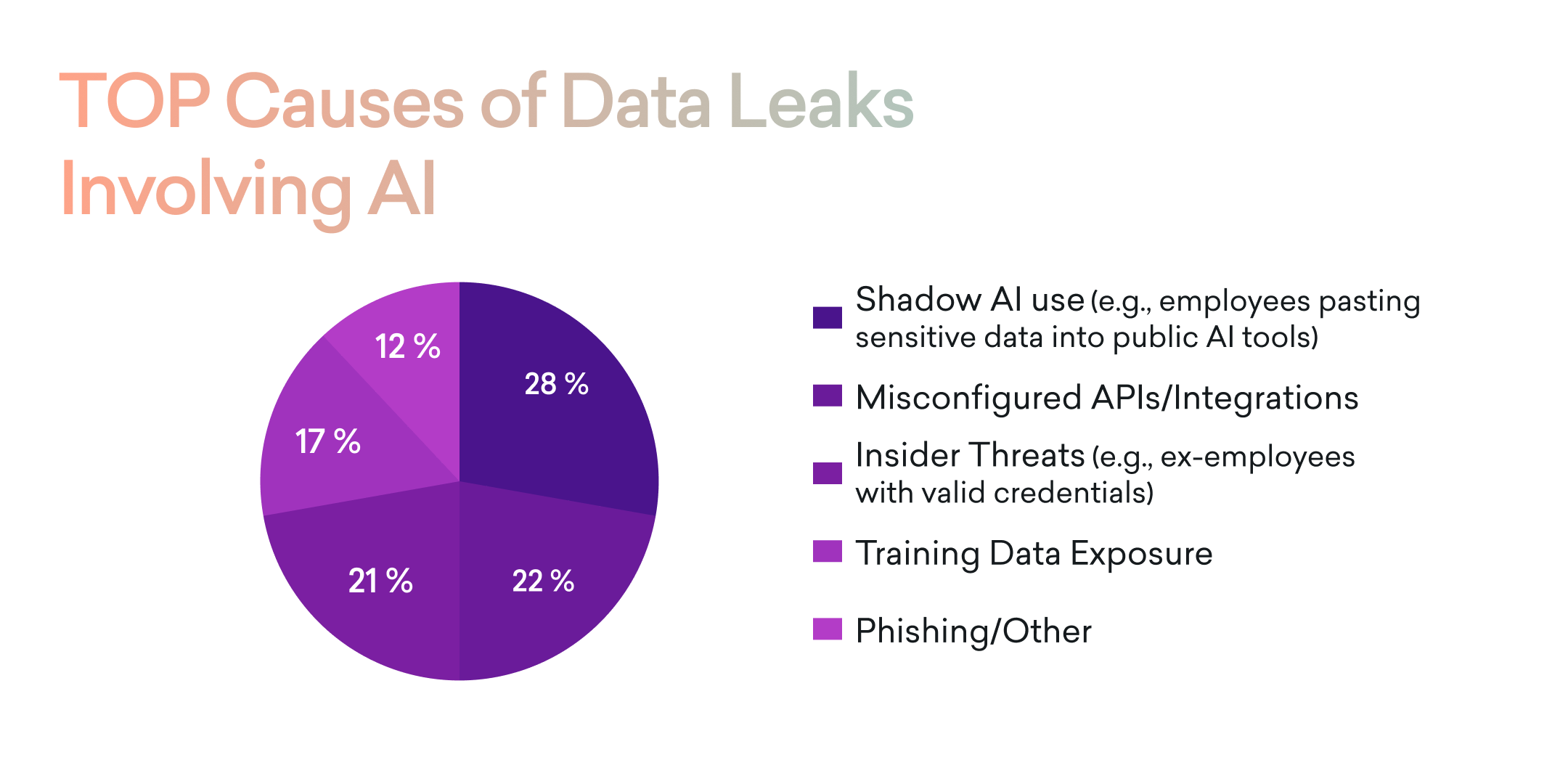Imagine a world where you can test your ideas safely and without risk – that's the power of MVP development. In this article, we'll walk you through the steps of creating a minimum viable product, highlighting its practicality and potential to turn your innovative concepts into reality.
But first things first, no matter how brilliant your idea is, comprehensive market research is a crucial starting point. Once you've identified the core idea behind your product, MVP software development comes into play, allowing you to gather valuable feedback from your target audience.
Accelerating Product Launch with MVP
Within just a few months, you can launch your product into the market and obtain feedback from early users. The feedback from your target audience wields a direct influence on the product's evolution and future direction.
MVP app development streamlines the process of creating a solution and launching it into the market. Rather than committing all your resources upfront to build a fully developed product, you can construct an MVP and progressively invest in its development as needed. This approach minimizes risks and curtails costs since investments are made judiciously.
Efficiency and Cost Savings
The step-by-step approach of MVP software development significantly minimizes the need for extensive revisions and complete feature overhauls. This means you won't suddenly encounter a situation where the development has veered off track, requiring a comprehensive rebuild of components and features.
MVP software development enables you to create a product without the need to assemble a massive development team. Fewer resources translate into reduced expenses and enhanced cost-efficiency.
Navigating MVP Development
MVP product development closely aligns with standard software product development, albeit with a faster pace and specific objectives. Let's take a closer look at MVP development through these five important steps.
Step 1: Identifying the Key Problem
To start, let's identify the core problem your product aims to solve. Validating your idea before diving into development is key to resource conservation and confirming the demand for your solution. While industry expertise is valuable, it's equally important to verify the existence of the problem you aim to address. Write the problem down and use your MVP to assess its viability.
Step 2: Discovering Market Insights
Next up, we'll dive into market analysis. Comprehensive market research, competitor analysis, defining your target audience, and assessing market size are critical steps. One common reason for startup failures is running out of funds. Therefore, it's essential to ensure there's a genuine demand for your product and a sufficient number of potential customers willing to invest in it.
Step 3: Defining the Value Proposition
For a successful MVP, it's essential to understand the value your new product offers its users and how it can enhance their lives. This understanding forms the basis for your app's value proposition. Similarly, it's crucial to outline the core assumptions that drive your product. As the MVP concept suggests, your product should provide value in its most basic form. Begin by identifying your target users and build the MVP around their essential needs.
Step 4: Crafting a Prototype for Your Vision
Imagine the creation of a prototype and an MVP as a superhero team-up. The prototype assumes the role of the visionary hero, aiding in the visualization of design and functionality with all the innovative gadgets and capes. Meanwhile, the MVP serves as the practical sidekick, a stripped-down product version designed for specific tasks. Together, they form an unstoppable duo.
The prototype showcases your grand vision and gathers early feedback, while the MVP refines the product using those insights. Then, the MVP steps in, harnessing these insights to refine your product, much like a superhero and sidekick turning your idea into a reality, one step at a time.
Step 5: Constructing the Feature Set
Crafting a product that caters to people's needs hinges on their active participation. In MVP product development, the importance of collecting feedback cannot be overstated, and initiating this process as early as possible is crucial. Begin by gathering insights from potential customers to compile a list of essential features for your MVP.
To streamline the development process, categorize the remaining MVP features into high, medium, and low-priority segments, organizing them in the product backlog according to their priority. This feedback-driven roadmap should serve as your guiding light throughout development. It's important to note that the research stage should continue in parallel with MVP development, ensuring a dynamic and informed process.
Finding the Perfect Partner
Having covered the initial steps, let's now explore development partnerships. MVP development offers several paths, each with distinct advantages and disadvantages.
- In-house MVP Development: If you're skilled and resourceful, you may choose to develop an MVP independently. Keep in mind that this path entails shouldering all development, management, technical, and organizational responsibilities, but it can result in significant cost savings.
- Freelancers: Another viable option is assembling a team of experienced MVP developers. Costs depend on the country of choice and your hiring model – project-based or hourly rates. While it may involve a higher investment and require time to find the right talent, engaging skilled specialists can significantly enhance your chances of success. It's important to acknowledge that there may be variations in the quality of work.
- Software Development Agency: Consider this option the pinnacle of reliability. A software development agency, while potentially more costly, provides an all-inclusive solution for your product's development. Project managers adeptly translate your vision to the development team. At Cleevio, we specialize in product development, offering you a dedicated team of experts in testing, design, UX, and project management for a streamlined and efficient process.
There are various ways to go about it, and the choice is yours. You don't have to go it alone – turn your idea into a winning reality with Cleevio at your service. Take the first step towards your success and get in touch with us today!









.png)


.avif)